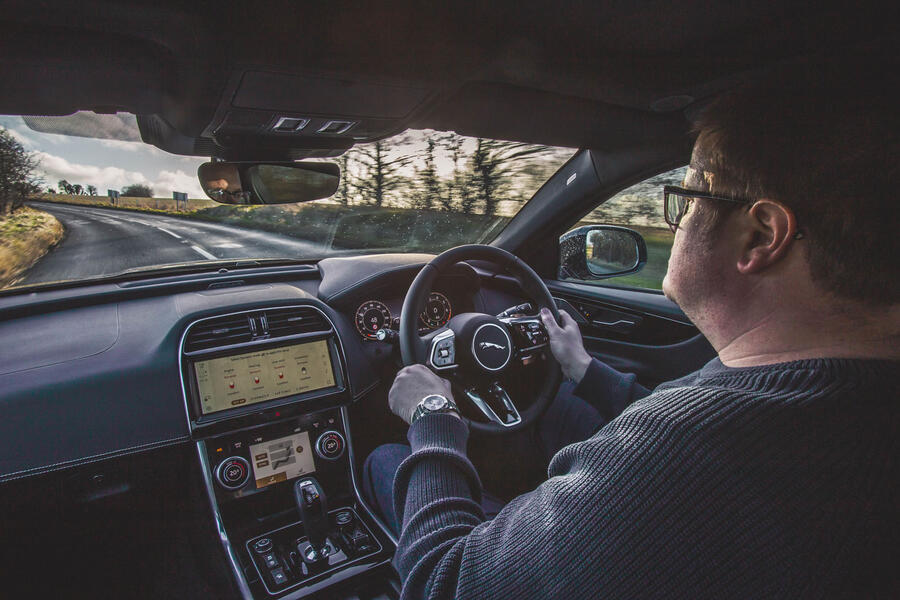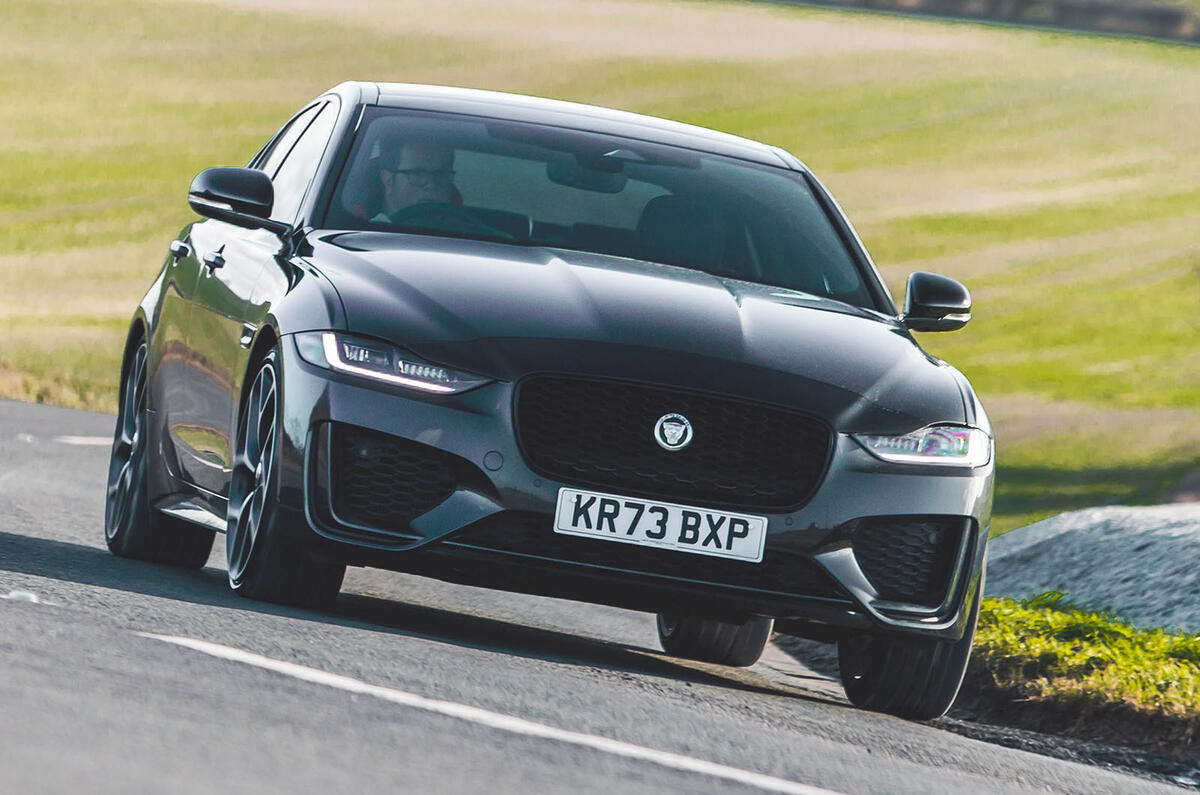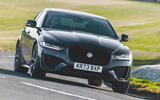The Jaguar XE’s showroom fortunes tell a story of great ambition, a few questionable choices, and bad timing on behalf of its maker.
It adopted the same D7a platform chassis that serves under the XF, F-Pace and the Range Rover Velar and that confers an all-aluminium chassis design (in a class where predominantly steel cars remain the norm), longways engines, double-wishbone front suspension, multiple links at the rear, and a natively rear-wheel-drive layout (with clutch-actuated, electronically controlled four-wheel drive on some models).
Ten years ago, that kind of construction was exotic enough to compare fairly favourably with the Mercedes C-Class, BMW 3 Series and Audi A4 of the time. But what’s really interesting to observe is what has happened to the compact executive car market since 2014, and exactly where the Jaguar XE fits into it now.

Because although it was slightly small by class standards when introduced, this car’s market positioning has crept down a market segment, while its original rivals have crept up. As we’ll explore more fully later, through model renewals and mission expansions, the BMW 3 Series and its German equivalents have become cars that it’s realistically impossible to pay less than £40,000 for, with many big-selling versions ‘transacting’ much nearer £50k.














































